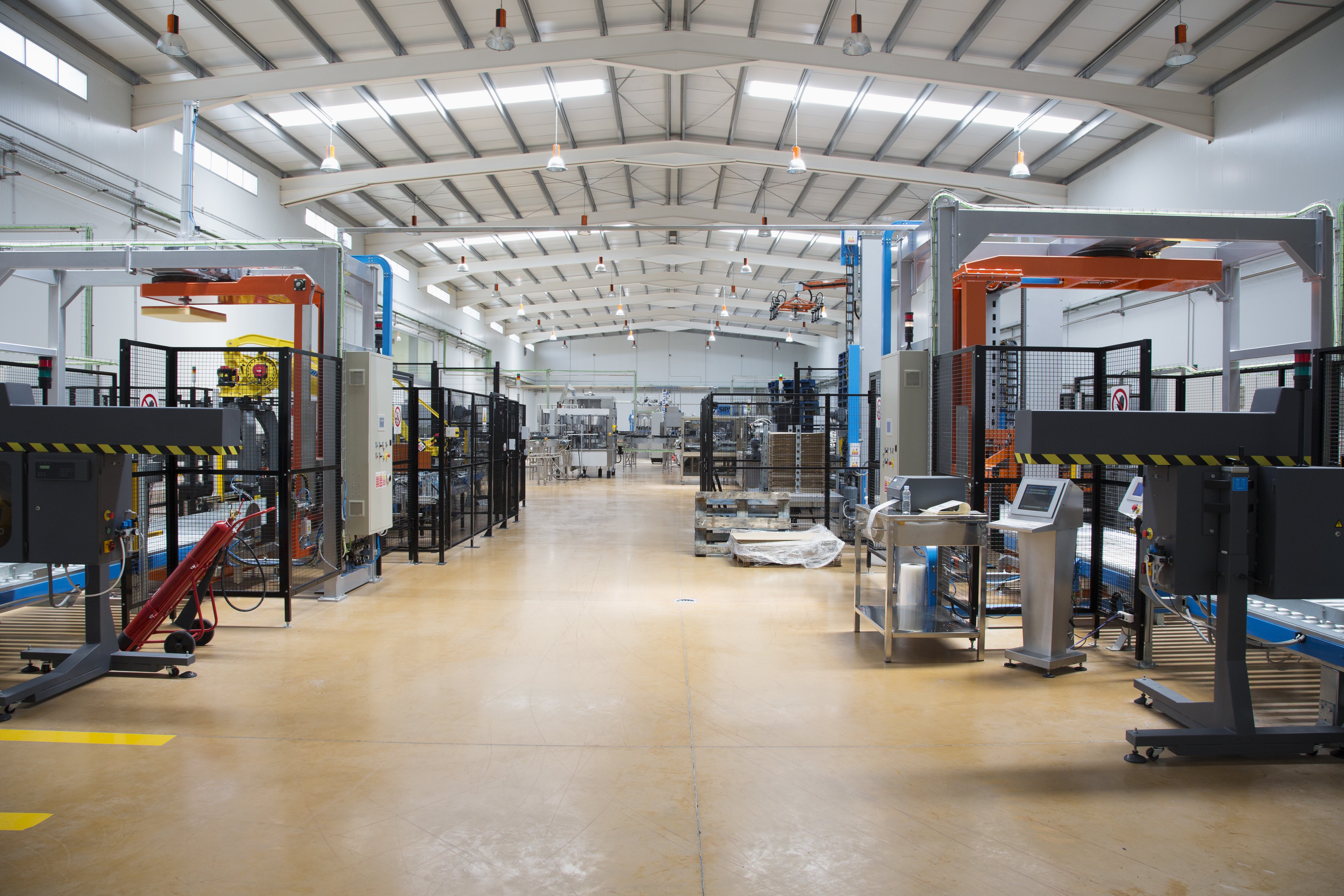
Have you or your employees ever left work feeling worse than when you arrived? Dizziness, irritability, ringing ears or sense of overall discomfort are just a few symptoms of which you should take note. You may be suffering from noise pollution in your workplace that’s making you and your team sick.
Occupational noise pollution occurs when an employee’s auditory system receives a high amount of noise during their workday on an ongoing basis. Excessive noise and the resulting damage it can cause are hazardous to an employee's’ hearing because of its intensity and repeated, long-term exposure. Many people are unaware that noise can be a causal factor in workplace incidents and/or accidents, as well as interfere with important workplace communication and decreased productivity.
When Working Becomes Hazardous
It is estimated that Americans spend over 85% of their time indoors. Most of that time is spent working in a closed environment. Knowing this, you should expect the quality of your indoor working environment to be healthy and one where you and your team are comfortable and can perform well. When that environment becomes unhealthy, work quality decreases, due to an inability to focus, and a downturn in productivity occurs.
Symptoms of Excessive Noise Conditions
Workplace noise affects one’s health in many different ways both physically and mentally. Working in any environment where high levels of noise are present creates health risks with negative results for both employee and employer. If you experience these symptoms, pay attention to the noise around you at work:
- headaches
- dizziness
- irritability
- feelings of increased stress
- Increases in blood pressure and/or heart rate
- hearing loss
- more frequent workplace accidents
- higher incidence of sick days
How Bad Is It?
If you think you have noise pollution in your work environment, you can investigate with some simple testing. Use OSHA noise compliance guidelines to understand what noise levels are acceptable. Noise levels can be measured using a sound level meter. Sound level meters measure the pressure of sound waves as they move through the air. Repetitive noise at unhealthy levels damages the inner ear that process high-frequency sounds. Along with measuring noise levels, you can measure the loudness of noise.
Solve The Problem
Once you’ve discovered there is a likelihood for noise pollution in your workplace , the next step is to solve the problem. To reduce employee exposure to noise pollution, companies can put measures in place to ensure a safer working environment.
Changes may include:
- Modifying equipment
- Locate equipment in a different, isolated location or soundproof enclosure
- Equip employees with personal hearing protection - earplugs or earmuffs
- Let employees work in quiet areas of office
- Run noisy equipment in early morning or late in the day
- Allow acoustic experts to assess your environment and offer a range of solutions
Be mindful of downfalls in productivity and employee sick days. Know your responsibilities for compliance through OSHA and do your best to solve noise problems. Take measures to develop a comprehensive hearing conversation program (HCP) as Dr. Laurie Wells, Doctor of Audiology, offers in detail and contact Sonic-Sheild to help keep your workplace safe and in compliance. A healthy workplace leads to a healthy bottom line.




